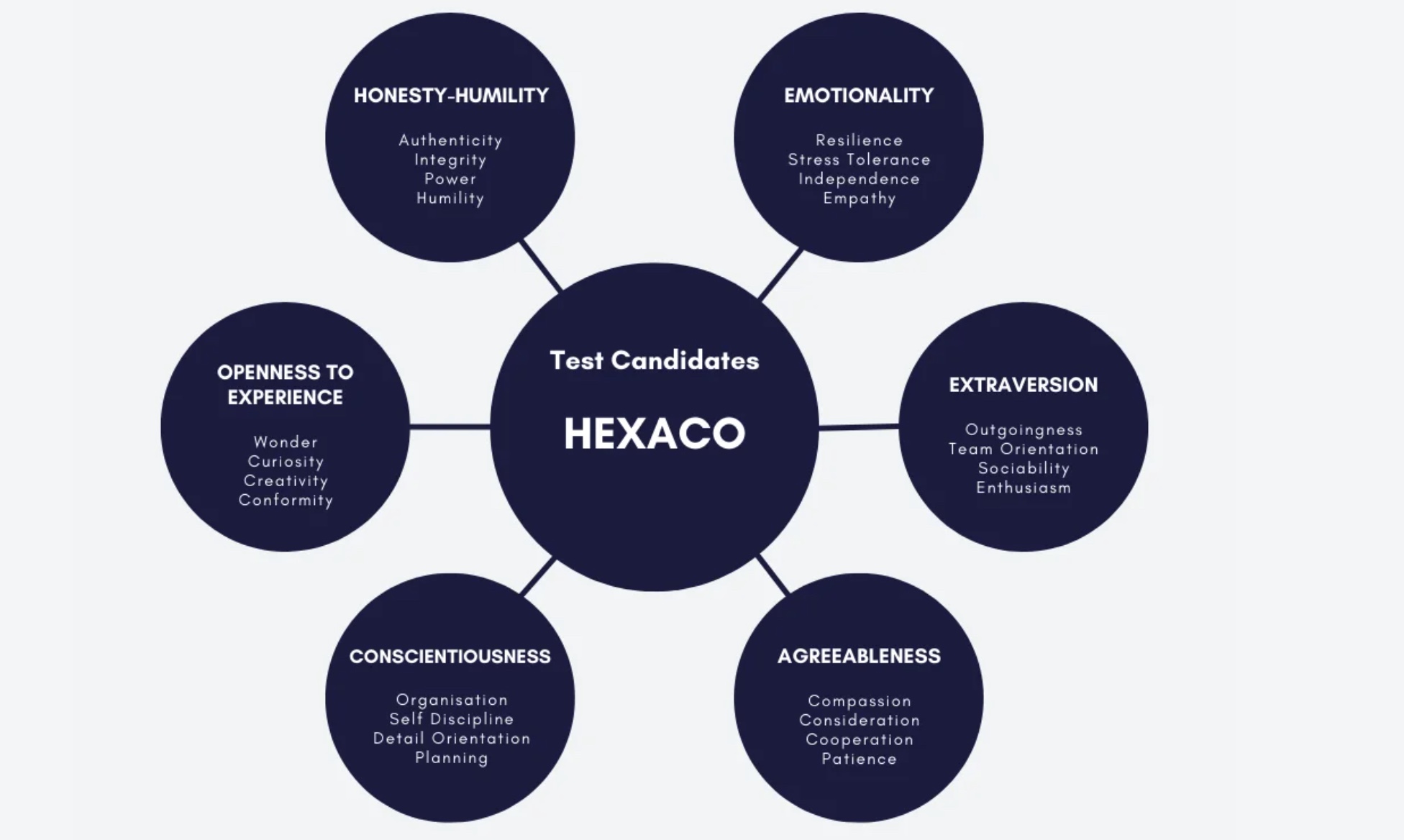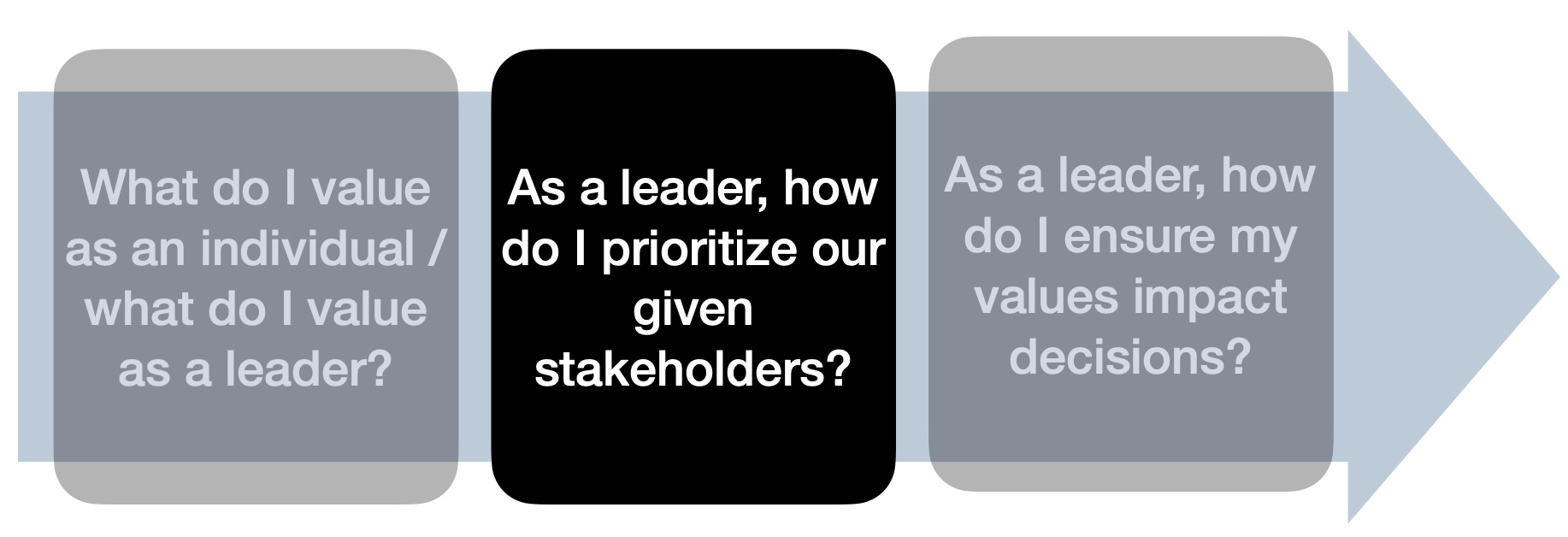Leadership Monthly Lesson
Leadership Monthly Lesson: It’s About How Good Others Believe You Are
This resource page expands on the insights shared in my blog post about leadership principles and practical tools.
The Core Principle
“Leadership is not how good you are, is about how good others believe you are.”
This profound statement captures the essence of effective leadership. It’s not about your self-perception or even your actual capabilities—it’s about how others perceive you and whether they believe in your leadership. This perception directly impacts your ability to influence, motivate, and guide your team.
Practical Leadership Tools
Wheel of Names | The Power of Randomness

The Wheel of Names is a simple yet powerful tool that can transform team interactions. By introducing an element of randomness to participation, it creates:
- Engagement: Everyone knows they might be selected, increasing attention and preparation
- Fairness: Removes perception of favoritism or targeting specific team members
- Fun: Adds a game-like element to meetings or learning sessions
- Psychological safety: Reduces anxiety about volunteering by making participation random
Implementation Tips:
- Use for selecting participants for questions, presentations, or tasks
- Allow “passes” or exemptions after participation to ensure balanced involvement
- Consider using for routine tasks like meeting note-taking or status updates
Resources:
- Online tool: https://wheelofnames.com/
- Amazon’s open-source wheel: https://github.com/aws/aws-ops-wheel
Tiny Experiments | Open-mindedness and Curiosity

The concept of “tiny experiments” aligns perfectly with Amazon’s leadership principle of “Learn & Be Curious.” This approach involves:
- Low-risk exploration: Testing new ideas on a small scale before full commitment
- Continuous learning: Creating a habit of trying new approaches
- Innovation mindset: Fostering creativity through regular experimentation
- Resilience building: Learning to embrace failure as part of the growth process
Implementation Tips:
- Start with small, low-stakes experiments in your leadership approach
- Encourage team members to propose and run their own tiny experiments
- Document learnings from both successful and unsuccessful experiments
- Celebrate the process of experimentation, not just successful outcomes
Book Recommendation: “Tiny Experiments: How to Live Freely in a Goal-Obsessed World” offers practical guidance on implementing this approach in both professional and personal contexts.
HEXACO Personality Assessment | Understanding Yourself and Others

The HEXACO personality model provides a framework for understanding personality traits that can significantly impact leadership effectiveness:
- Honesty-Humility: Sincerity, fairness, greed avoidance, modesty
- Emotionality: Fearfulness, anxiety, dependence, sentimentality
- eXtraversion: Social self-esteem, social boldness, sociability, liveliness
- Agreeableness: Forgiveness, gentleness, flexibility, patience
- Conscientiousness: Organization, diligence, perfectionism, prudence
- Openness to Experience: Aesthetic appreciation, inquisitiveness, creativity, unconventionality
Implementation Tips:
- Use as a self-assessment tool to identify your strengths and growth areas
- Apply insights to adapt your leadership style to different situations
- Consider team composition when forming groups for projects
- Recognize that different personality traits may be more effective in different leadership contexts
Resources:
- HEXACO Assessment: http://hexaco.org/
Values-Based Leadership | Authentic Connection

Values-based leadership involves identifying, articulating, and consistently demonstrating your core values:
- Authenticity: Leading in alignment with your true self
- Clarity: Providing clear direction based on consistent principles
- Trust: Building deeper connections through shared values
- Decision-making: Using values as a framework for difficult choices
Implementation Tips:
- Identify your 3-5 core leadership values
- Share these values explicitly with your team
- Regularly reflect on how your actions align with your stated values
- Recognize and celebrate when team members demonstrate shared values
Leadership Development Plan
To apply these insights to your leadership journey, consider this structured approach:
1. Self-Assessment
- Complete the HEXACO personality assessment
- Identify your core leadership values
- Reflect on how others currently perceive your leadership
2. Tiny Experiments Design
- Select one aspect of your leadership to improve
- Design 3-5 small experiments to try different approaches
- Create a simple measurement system to track results
3. Implementation
- Apply your chosen experiments in real leadership situations
- Use tools like the Wheel of Names to engage your team
- Document observations and feedback
4. Reflection and Iteration
- Evaluate which approaches were most effective
- Gather feedback on how others’ perceptions have changed
- Design new experiments based on your learnings
Conclusion
Remember that leadership is a journey, not a destination. The most effective leaders continuously evolve their approach based on feedback, experimentation, and self-reflection. By focusing on how others perceive your leadership rather than your self-assessment, you can develop a more impactful and authentic leadership style.